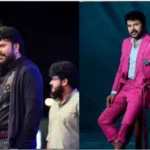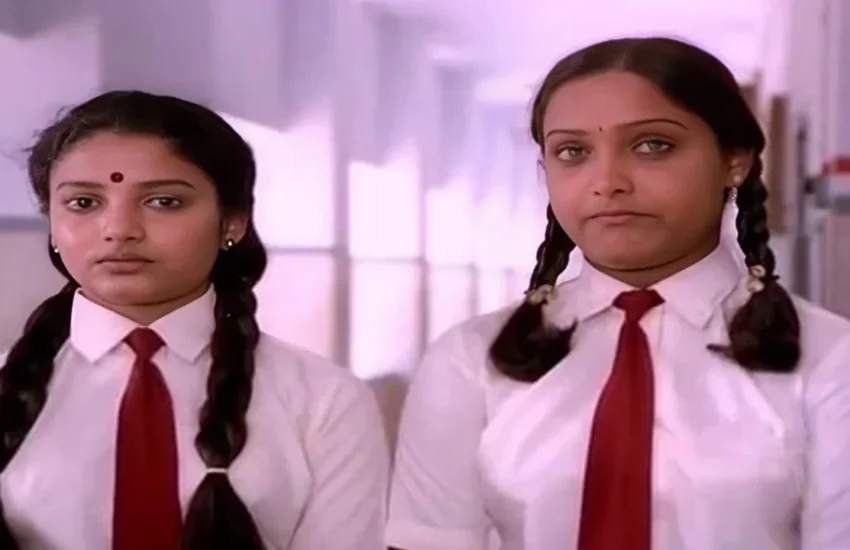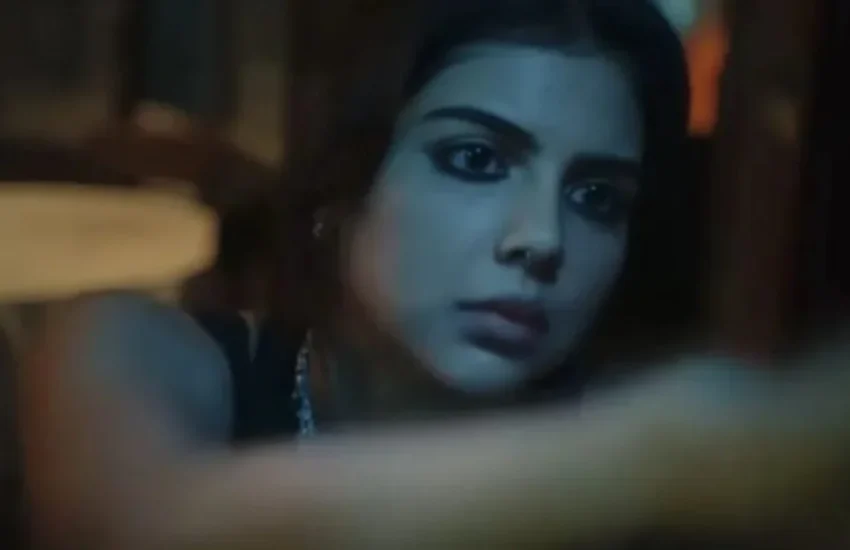Before Marco: How Malayalam Cinema Once Depicted Violence Without the Glamour
Violence in movies—it’s everywhere. And with films like Marco making waves for their intense action sequences, it’s worth taking a step back and looking at how Malayalam cinema once approached violence in a totally different way. Let’s talk about two classics that did it best: Peruvazhiyambalam (1979) and Irakal (1985). Unlike today’s high-octane action flicks, these films gave us something deeper—something raw, unsettling, and thought-provoking. They explored violence not as a tool for spectacle but as an integral part of the human condition, shaped by society and psychology.
The Last Black-and-White Film: Peruvazhiyambalam

P. Padmarajan’s first film Peruvazhiyambalam is often remembered as the last black-and-white Malayalam film, but it’s so much more than that. It tells the story of Raman (played by a teenage Ashokan), a boy who gets caught in a brutal world where violence isn’t just an act—it’s survival. He doesn’t fight for glory or revenge; he fights because society forces him to.
Also Read: Is Violence the Next Big Trend in Indian Cinema
Unlike today’s films that make action look cool, Peruvazhiyambalam keeps it painfully real. There are no slow-motion hero shots or punch dialogues. Just the raw, unfiltered reality of how violence can shape a person’s fate. Raman’s transformation from an innocent boy to someone who must resort to violence for survival forces us to reflect on the environment that creates such individuals.
By the end, you’re left questioning: Is this really what it takes to earn respect? Is violence a choice, or is it something imposed upon people by a society that values strength over vulnerability?
Malayalam’s First Dark (and most unsettling) Film: Irakal

If Peruvazhiyambalam is about how society forces violence upon individuals, Irakal (directed by K.G. George) takes it even deeper—into the mind of a killer. Baby, the protagonist, isn’t your typical villain. He doesn’t have a tragic backstory or a revenge arc. He’s just… disturbed. His environment, his upbringing, and the sheer moral corruption around him have made him what he is.
What makes Irakal so haunting is how casual its violence feels. Baby doesn’t kill for a grand reason—he does it because he can. He doesn’t see his actions as evil, and that’s what makes it terrifying. He is the product of unchecked privilege, emotional detachment, and a family where morality has blurred lines. There are no justifications, no attempts to make him a sympathetic character. His acts of violence are not stylized but unsettling, leaving the audience with a sense of unease rather than exhilaration.
Then vs. Now: How Violence Has Evolved in Malayalam Cinema
Fast forward to today, and violence in cinema has taken a completely different turn. Films like Marco turn action into an art form—slick choreography, stylish visuals, and that larger-than-life appeal. It’s fun to watch, sure, but it’s also a stark contrast to films like Peruvazhiyambalam and Irakal, where violence wasn’t about entertainment—it was about impact.
Modern films often treat violence as a spectacle—something that is meant to entertain audiences rather than make them introspect. The punches land with a satisfying crunch, the hero walks away unscathed, and violence becomes a means to establish dominance and heroism. But in films like Peruvazhiyambalam and Irakal, violence isn’t about looking cool—it’s about showing how it corrodes people, families, and entire societies.
This isn’t to say one is better than the other. Both styles serve their purpose. While stylized violence offers escapism, realistic violence forces us to confront uncomfortable truths about human nature and society. But if you’ve only seen the modern take on violence, you’re missing out on how Malayalam cinema once used it to say something profound.
Why These Films Still Matter
At a time when action-heavy movies dominate discussions, Peruvazhiyambalam and Irakal remind us of a different kind of storytelling—one that makes us uncomfortable, makes us think. They didn’t just show violence; they asked why it happens in the first place. What causes it? What sustains it? And most importantly, what does it do to those who are trapped in its cycle?
These films continue to be relevant because they depict violence in a way that lingers long after the credits roll. They strip it of glamour and expose its raw consequences, making us question the very nature of power, survival, and morality.
So, what kind of violence in movies sticks with you more? The adrenaline-pumping, stylish action of today or the unsettling realism of films like Peruvazhiyambalam and Irakal? Let’s talk!

I can’t stop talking about films, so I blog!
I started The FourthWall, my film blog, to share my thoughts on films and shows with fellow movie buffs, and over the years it has become my happy place. Come join in for some interesting conversations on cinema… and sometimes books and fashion!









One thought on “Before Marco: How Malayalam Cinema Once Depicted Violence Without the Glamour”